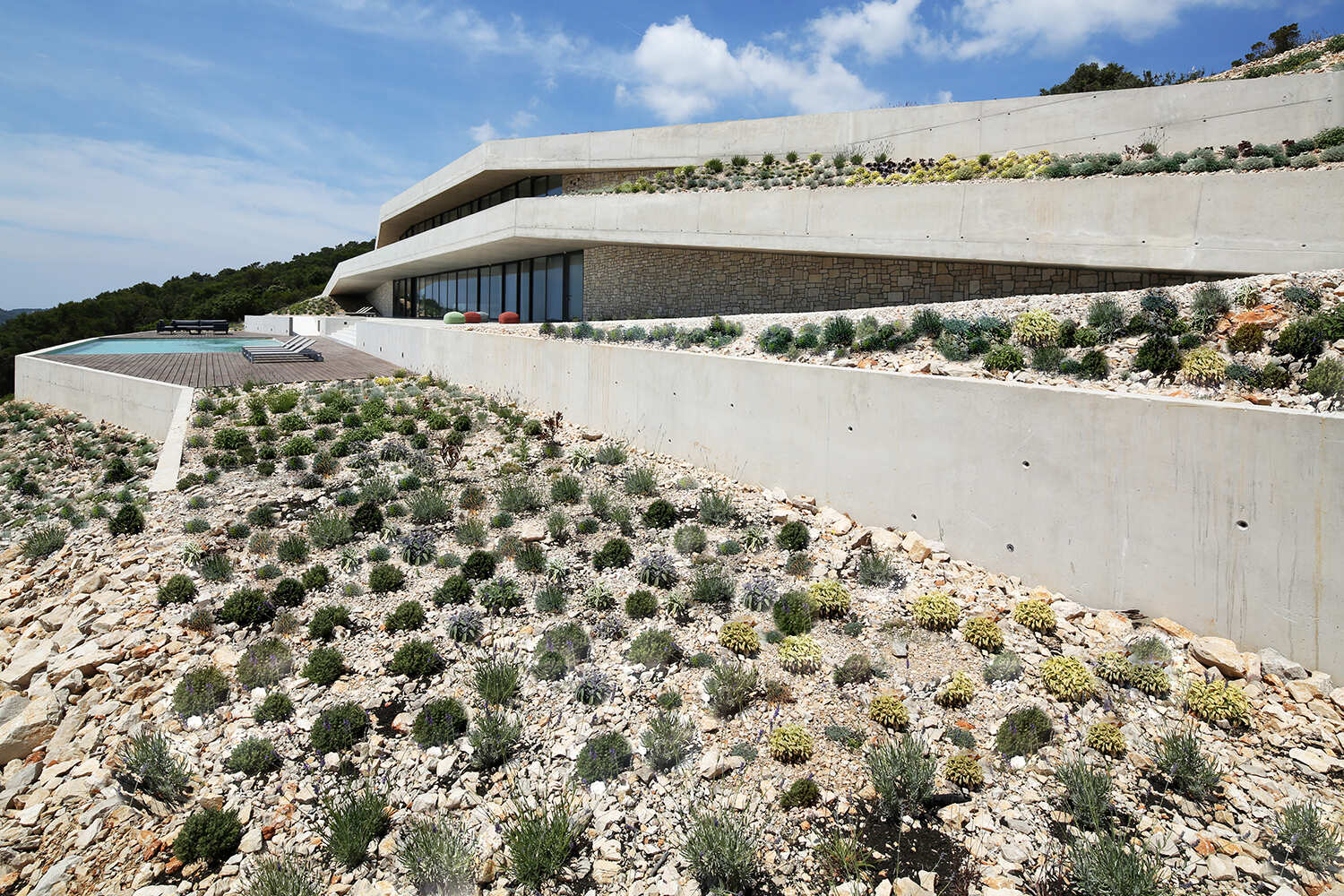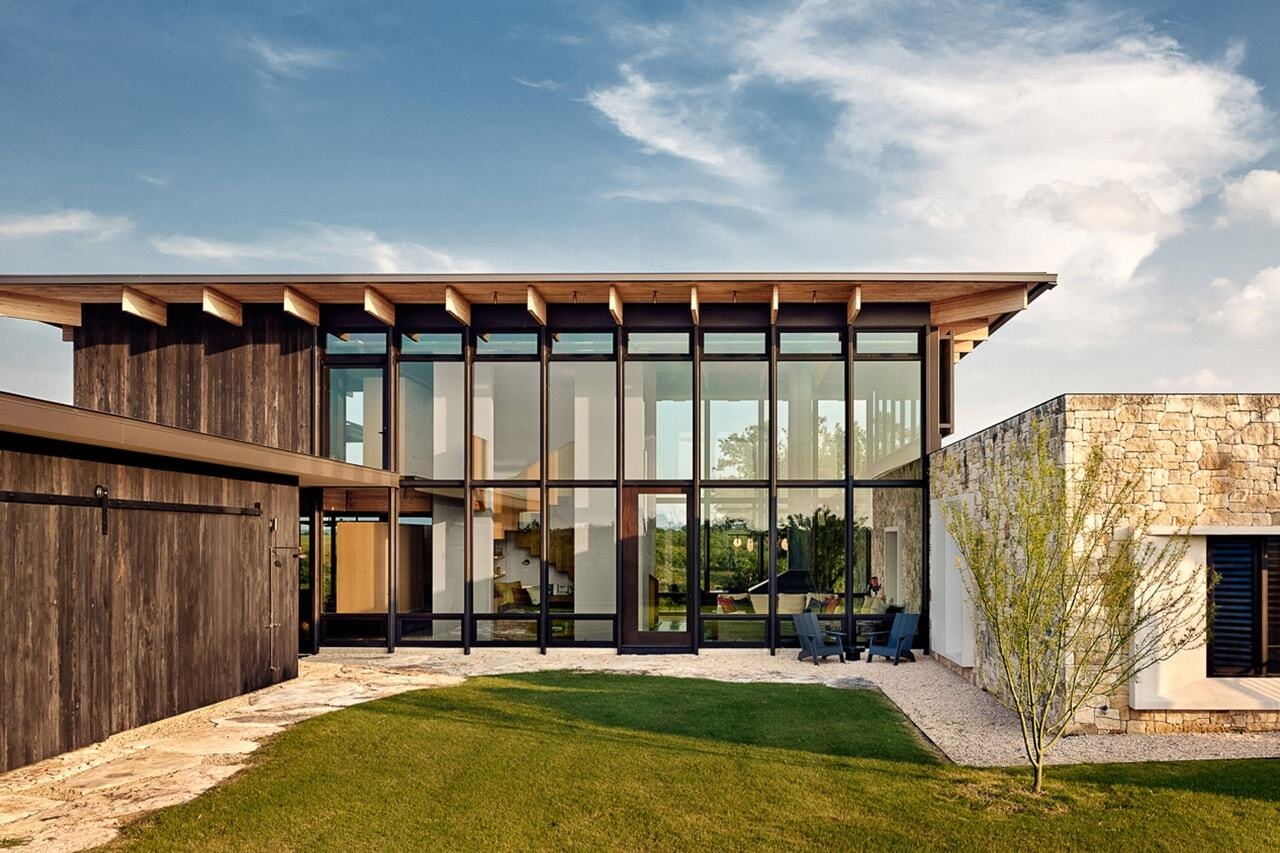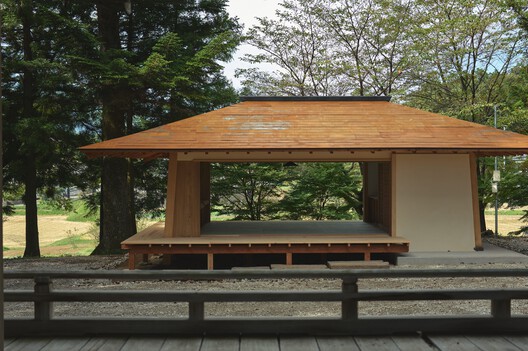Architectural Authorship in the Age of the Collective Practices

 Courtesy of OMA
Courtesy of OMA
Editor's Note: To deepen our engagement with the critical questions shaping the discipline, we are introducing a new section for argument-driven essays. The aim of these articles is to provide a platform for rigorous debate and to explore complex topics with a clear, articulated perspective. We begin with this exploration of architectural authorship, a fundamental question for today's design world. — Maria-Cristina Florian, Managing Editor
Who designs architecture today? In a professional landscape increasingly shaped by collaborative workflows, generative software, and collective authorship, the idea of the architect as a singular, creative author appears both anachronistic and insufficient. The shift from individual to distributed authorship is not merely a result of larger teams or digital tools; it reflects a structural transformation in how architecture is practiced, represented, and legitimized.





















































